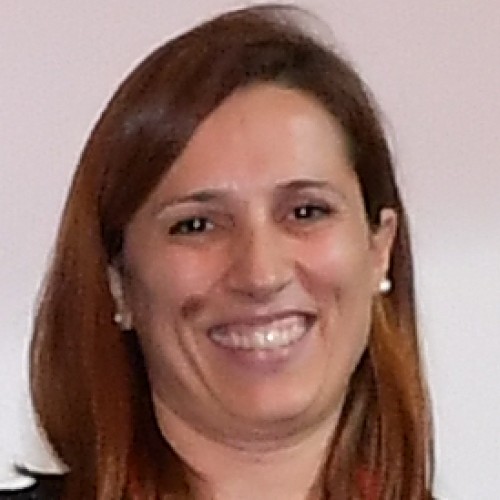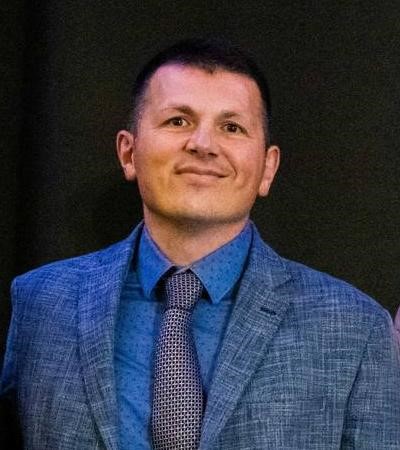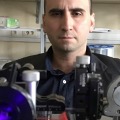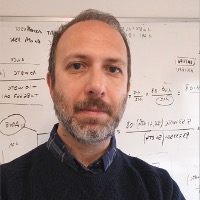Impact on SMEs (7th Open Call)
A key challenge in building the Quantum Internet is integrating different qubit technologies, each with its own strengths and limitations, since no single qubit platform can fulfill all the requirements for storage, processing, and communication simultaneously. Indeed, both the scientific and industrial communities widely agree that the Quantum Internet will likely rely on superconducting qubits for information processing while flying qubits will be used to distribute entangled states across network nodes.
Indeed, on one hand, superconducting circuits are adopted for quantum computation because of their capabilities to realize fast gates and their high scalability. These benefits come at the price of operating at cryogenic temperatures, which in turn challenge the development of large-scale quantum networks. On the other hand, optical photons are recognized as quantum carriers to fulfill communication needs, as they enable high-rate, low-loss transmission and can be easily controlled using standard optical components. However, the main challenge underlining the interaction between these two technologies lies in the huge gap between their operating frequencies: optical photons work at hundreds of terahertz while superconducting circuits at a few GHz.
Therefore, it is mandatory to realize a matter-flying interface, namely a quantum transducer, performing quantum transduction to enable the interaction among different qubit platforms. This interface must convert one type of qubit to another and be compatible with the characteristics of the physical channels used for flying qubits, including optical fibers and free-space optical links.
In this project, we present quantum transduction from a communication perspective, by shedding the light on its fundamental role within quantum network design and deployment.
Impact on society (7th Open Call)
From a European perspective, the expected impact is twofold. Firstly, it aims at catalyzing innovation by providing a foundational framework upon which diverse quantum technologies can be developed and integrated. Secondly, it will reinforce Europe’s strategic position in the global quantum race, ensuring that European standards and best practices shape the future of quantum communications. This will facilitate ensuring that its values and regulations are embedded in the next generation of Internet infrastructure.







